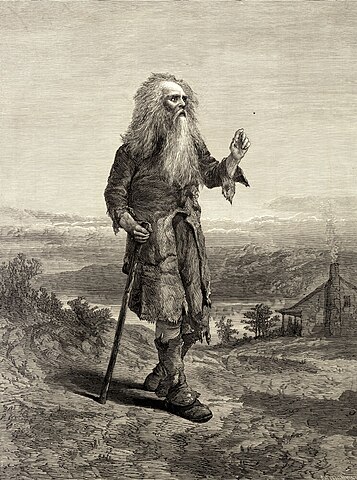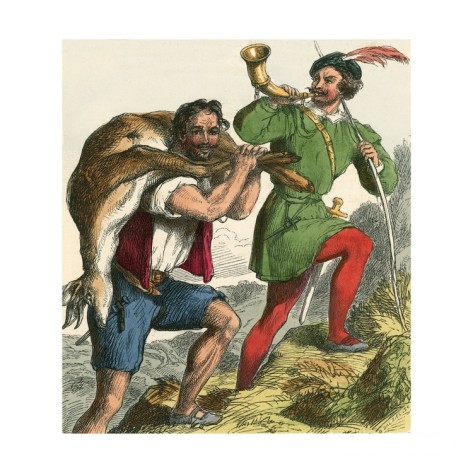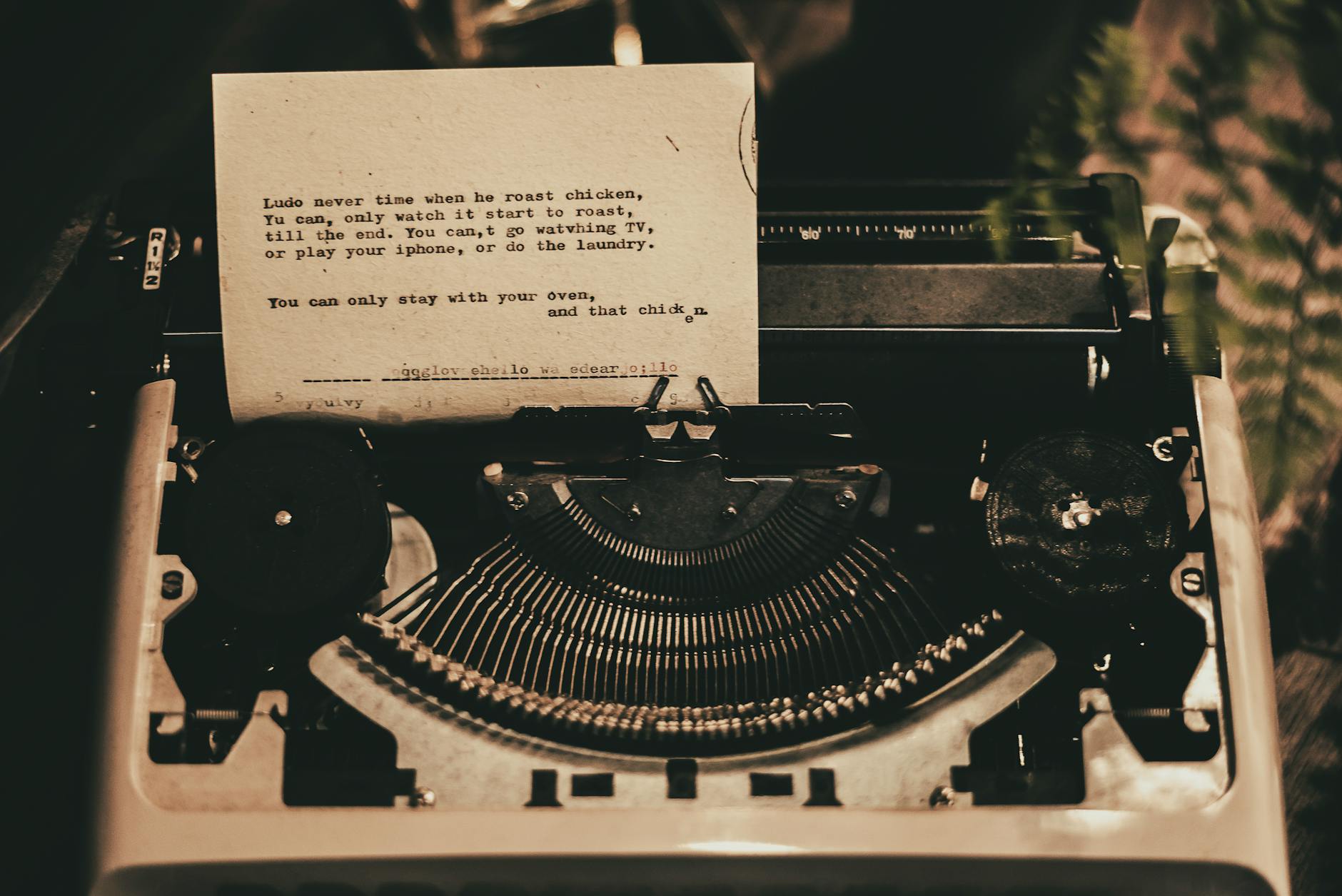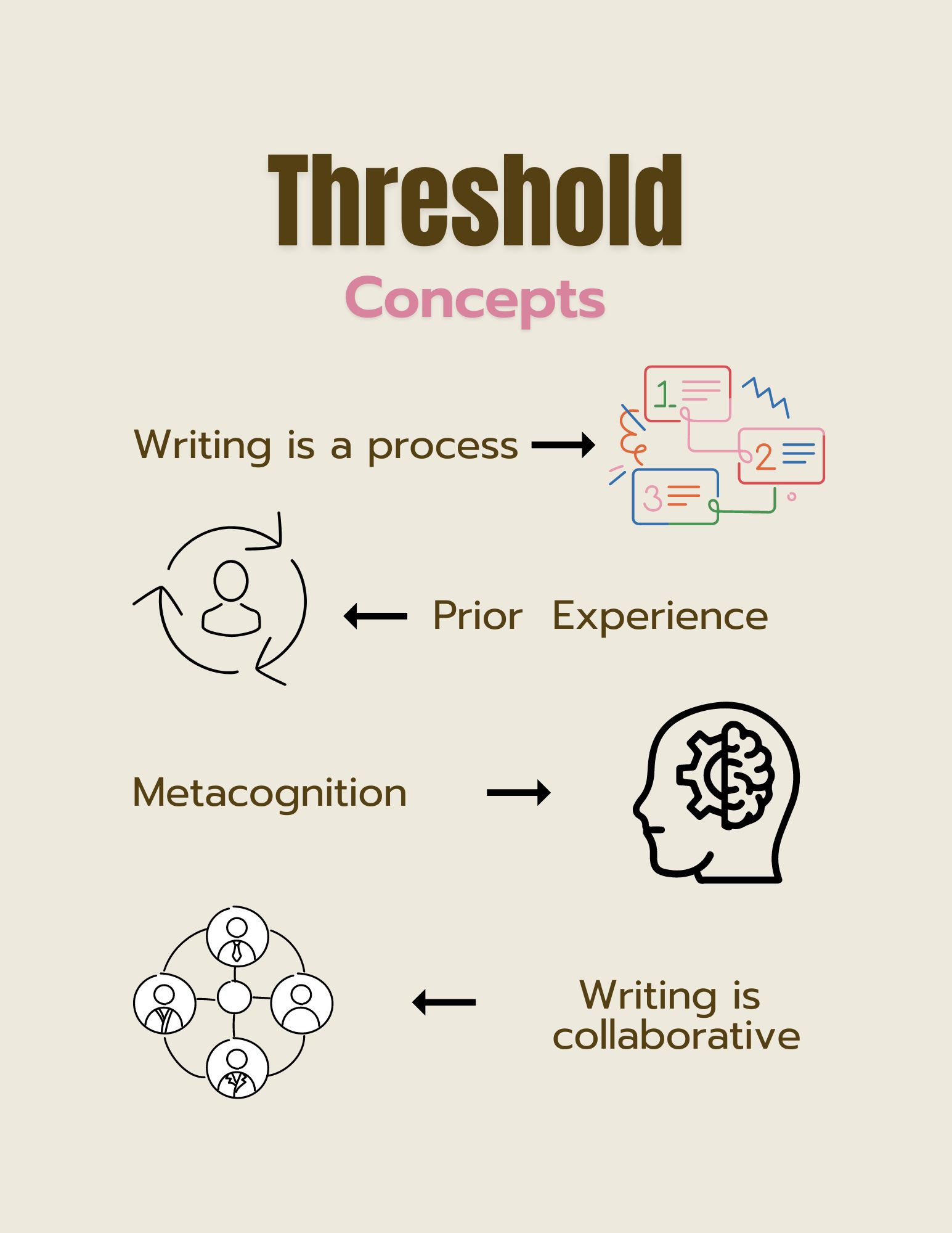Imagine waking up one day and realizing your whole life has moved on without you and now you are left to wander. That is exactly what happened to Rip Van Winkle, the protagonist of the similarly titled work by Washington Irving. Rip Van Winkle’s story is an interesting one, and it explores ideas of nature and changing tides. In this post, we are going to summarize the story and expand on its meaning and impact.
Summary of “Rip Van Winkle”
The titular Rip Van Winkle, who is a nice enough farmer, lived a kind, though unworkmanlike life under the peremptory thumb of his overbearing wife. Though never stated, one can infer that Rip Van Winkle is a bit of a layabout.
Irving writes that the narrator had “observed” him as “a simple good-natured man,” who was “a kind neighbor” and “an obedient hen-pecked husband.”
“Indeed, to the latter circumstance might be owing that meekness of spirit which gained him such universal popularity; for those men are most apt to be obsequious and conciliating abroad, who are under the discipline of shrews at home,” writes Irving.
Winkle leaves to venture into the Catskill Mountains on a hunting trip to escape his nagging wife and dying farm. He heads into a dense, forested area to find himself yet again in nature’s embrace. From a safe spot over the Hudson River, Winkle relaxes with his dog Wolf, when, suddenly, he sees a stranger approaching.
The stranger “was a short square-built old fellow, with thick bushy hair, and a grizzled beard.” He also wore clothes of “the antique Dutch fashion–a cloth jerkin strapped round the waist–several pair of breeches, the outer one of ample volume, decorated with rows of buttons down the sides, and bunches at the knee.”
As it turns out, the stranger turned is explorer Henry Hudson—and his crew. Winkle joined in celebration with the explorer and crew. He drinks much of their special liquor, which puts him to sleep. Upon waking, he finds himself alone and and he soon discovers that he has been asleep for 20 years.
“’Surely,’ thought Rip, ‘I have not slept here all night.’ He recalled the occurrences before he fell asleep. The strange man with a keg of liquor—the mountain ravine—the wild retreat among the rocks—the woe-begeon party at ninepins—the flagon—‘Oh! that flagon! that wicked flagon!’ thought Rip—‘what excuse shall I make to Dame Van Winkle!’”
Winkle has a nice long beard now and staggers into town. There, he realizes that his old life is no more. His wife has died and his children are adults. Meanwhile, the colonists have won the American Revolution. Realizing there is no way back to the past, Winkle resume his life. He prattles away hours at the local inn, regaling the locals with tales of olden times.
“He used to tell his story to every stranger that arrived at Mr. Doolittle’s hotel. He was observed, at first, to vary on some points every time he told it, which was, doubtless, owing to his having so recently awaked…and it is a common wish of all hen-pecked husbands in the neighborhood, when life hangs heavy on their hands, that they might have a quieting draught out of Rip Van Winkle’s flagon.”
Background
Washington Irving’s “Rip Van Winkle” appeared in The Sketch Book of Geoffrey Crayon, Gent in 1820. The story itself is narrated by Geoffrey Knickerbocker, who is an unreliable narrator and serves as one of Irving’s alter-egos. Kickerbocker also appears in some of Irving’s other works. Rip Van Winkle is heavily influenced by German folklore and features a very real setting with fantastical elements.
Meanwhile, the idea of national identity and the American Revolution plays a role in the story. In the beginning, the setting is still confined to a British Colony, but after Rip Van Winkle awakes, the Americans are their own independent nation. In this way, we can see the changing of times as a theme in the story.
Continuing, nature and nostalgia impact the story as well. Rip Van Winkle goes on a hunting trip, which shows the romantic elements of Irving’s writing. Likewise, it shows the reverence and unpredictable qualities of nature. Much like “The Legend of Sleepy Hollow,” also by Irving, we find a focus on the surrounding areas and a specific location. In Sleepy Hollow’s case, the Hudson Valley in New York. Yet, there is also the freedom of nature aspect in the story as well. To be hunting in the woods is to be free. Therefore, Rip Van Winkle having a party with Dutch explorers represents the freedom Winkle seeks, as they were adventurers and man of charisma and bravery.
Conclusion
Washington Irving’s “Rip Van Winkle” is an important story for a variety of reasons. One is that it embodies the American mythos of the revolution and the change from British colony to American state. Likewise, the story focuses on tradition and freedom. Rip Van Winkle is an easy-going, practical man and seeks the traditions of the average colonist and the freedom of nature through the hunt. In this way, it gets the titular “Rip Van Winkle” back to the basics of the spirit and nature.
Discover more from The Writing Post
Subscribe to get the latest posts sent to your email.



